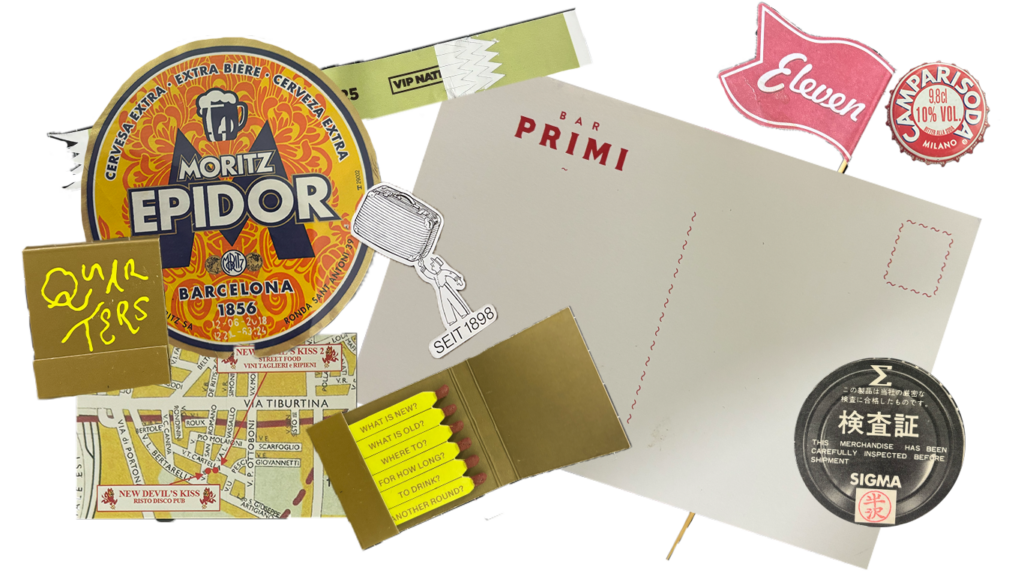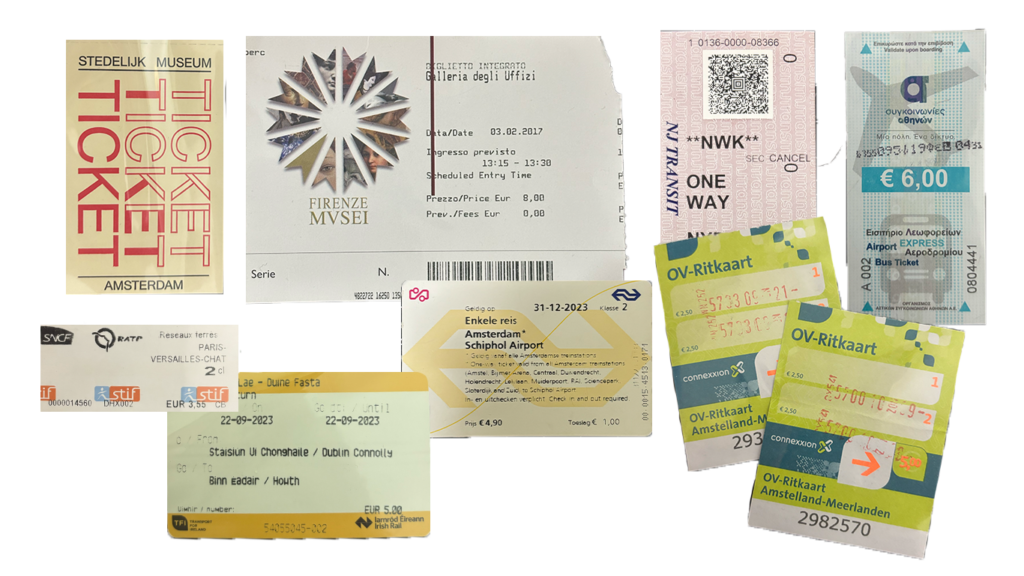When was the last time you bought a magazine? Or a newspaper?
The world of advertising I learned about in university, of billboards and metro posters and glossy, full page magazine ads, has been long gone. Outperformed by digital and video, ad leaders and LinkedIn personalities alike have been crying “print’s dead” for years.
Personally, I think it’s far from it. It’s just changed.
On Looking
In college, I learned about a practice called mindfulness. It’s about focusing on the present, what you can actively see, hear, and feel, to avoid cycles of overthinking and anxiety. Practicing it has made me focus more on the world I live in – looking more closely at my environment to more fully enjoy it.
And with focusing, has come noticing. Stickers, graffiti, posters for cleaning services or look alike contests. The way a red brick building starkly stands out from a blue sky, or the curve of a handpainted letter on a sign for a HVAC repair company. I’ve started seeing design in more places than the usual suspects, which in turn has made me start looking for design in more places than the usual suspects.

Ephemera
I’ve always been a bit of a hoarder when it comes to little things. I always hang on to ticket stubs, coasters, business cards, matchbooks. I’ve peeled the labels off of beer bottles and stashed confetti from concerts in my pockets. I never throw out paper admission wristbands and I buy an enamel pin from every place I visit. I like having physical mementos of my favorite memories, but lately they’ve served more than just nostalgic purposes.

These kinds of fleeting, single-use print designs are called ephemera. They’re not meant to be kept, generally speaking, and tend to serve a more useful purpose than an aesthetic one. But it doesn’t make them undesigned, and paying attention to details more has shown me inspiration in these smaller places.
I think collecting these items has made me a better designer. That probably sounds like a crazy hypothesis, but they’ve made me pay attention to small details that would probably be overlooked otherwise. Somewhere out there, someone put effort into making a bus ticket or a bottle cap look nice, and it serves as a reminder that even the littlest of things can benefit from the care to design them.

There’s a quote by musician Brian Eno that goes:
“Whatever you now find weird, ugly, uncomfortable and nasty about a new medium will surely become its signature. CD distortion, the jitteriness of digital video, the crap sound of 8-bit - all of these will be cherished and emulated as soon as they can be avoided. It’s the sound of failure: so much modern art is the sound of things going out of control, of a medium pushing to its limits and breaking apart. The distorted guitar sound is the sound of something too loud for the medium supposed to carry it. The blues singer with the cracked voice is the sound of an emotional cry too powerful for the throat that releases it. The excitement of grainy film, of bleached-out black and white, is the excitement of witnessing events too momentous for the medium assigned to record them.”
This is why I’ll maintain that print isn’t dead: because it’s being reinterpreted in digital, not replaced. Mimicking the texture of paper or the bleed of ink is a digital homage to what came before. So while print might not be the big magazine spreads of yesteryear, it still lives on in the details we hang on to. And in an time that's starting to be defined by artificially generated images, it's more important than ever to focus on what's real and in front of us.